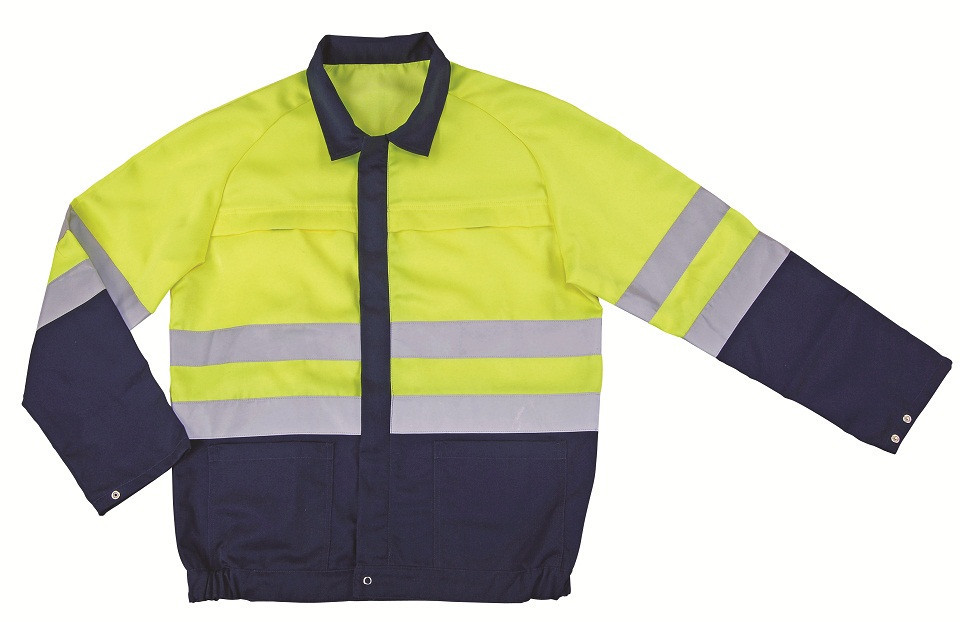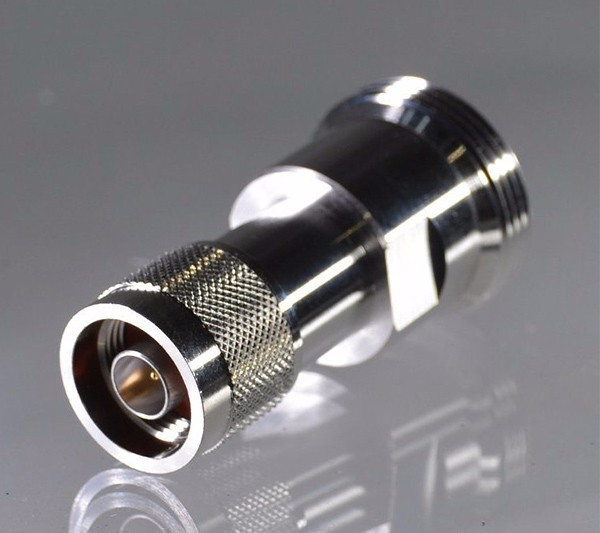views
How does the temperature sensor work?
Temperature is a basic physical quantity, and all processes in nature are closely related to temperature. The temperature sensor is the earliest developed, the most widely used sensor. The market share of temperature sensors greatly exceeds that of other sensors. The temperature has been used for measurements since the early 17th century. With the support of semiconductor technology, semiconductor thermocouple sensors, PN junction temperature sensors, and integrated temperature sensors have been developed successively in this century. Correspondingly, according to the interaction law between wave and matter, acoustic temperature sensors, infrared sensors, and microwave sensors are developed successively.
Thermocouple sensor has its own advantages and disadvantages, it is relatively low sensitivity, easy to be affected by environmental interference signals, and susceptible to preamplifier temperature drift, so it is not suitable for measuring small temperature changes. Because the sensitivity of the thermocouple temperature sensor is independent of the thickness of the material, the temperature sensor can be made of very fine materials. Also due to the ductility of the metal from which the thermocouple is made, the tiny temperature measuring element has a very high response rate and can measure rapid changes.
If two conductors of different materials are connected at a certain point, heating the joint will cause a potential difference in the part where they are not heated. The value of the potential difference is related to the temperature of the measuring point in the unheated part and the two conductors' material. This phenomenon can occur over a wide temperature range, and if this potential difference is accurately measured, and the ambient temperature of the non-heated part is measured, the temperature of the heating hotspot can be accurately known. Since it must have two conductors of different materials, it is called a thermocouple. Thermocouples made of different materials are used in different temperature ranges and have different sensitivities. The sensitivity of a thermocouple is the change in the output potential difference when the temperature of the hot spot changes by 1℃. For most metal-supported thermocouples, this value is in the range of 5 to 40 microvolts /℃.
The temperature sensor is one of the most commonly used in all kinds of sensors. The appearance of the modern temperature sensor is very small, which makes it more widely used in various fields of production practice and provides countless convenience and functions for our life.
There are four main types of temperature sensors: thermocouples, thermistors, resistance temperature detectors (RTD), and IC temperature sensors. IC temperature sensor also includes analog output and digital output two types.











